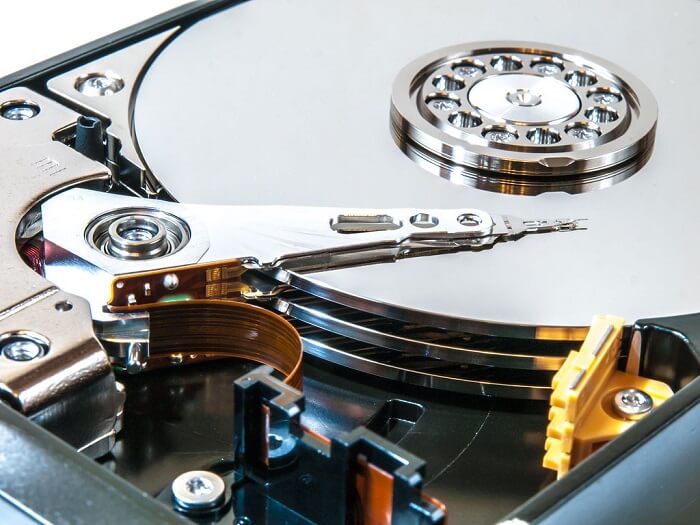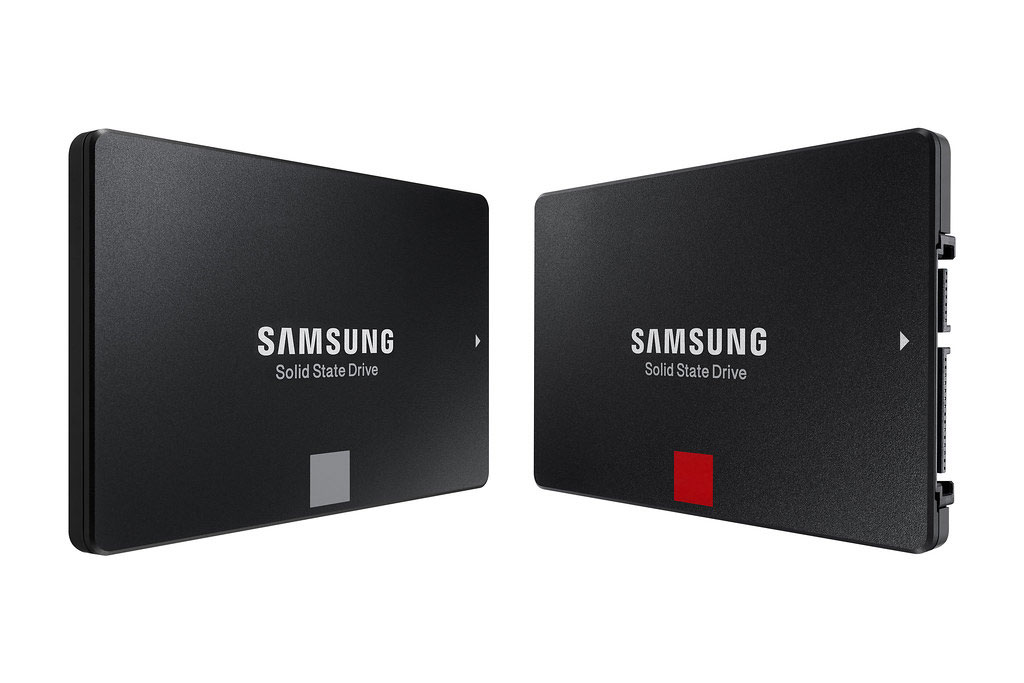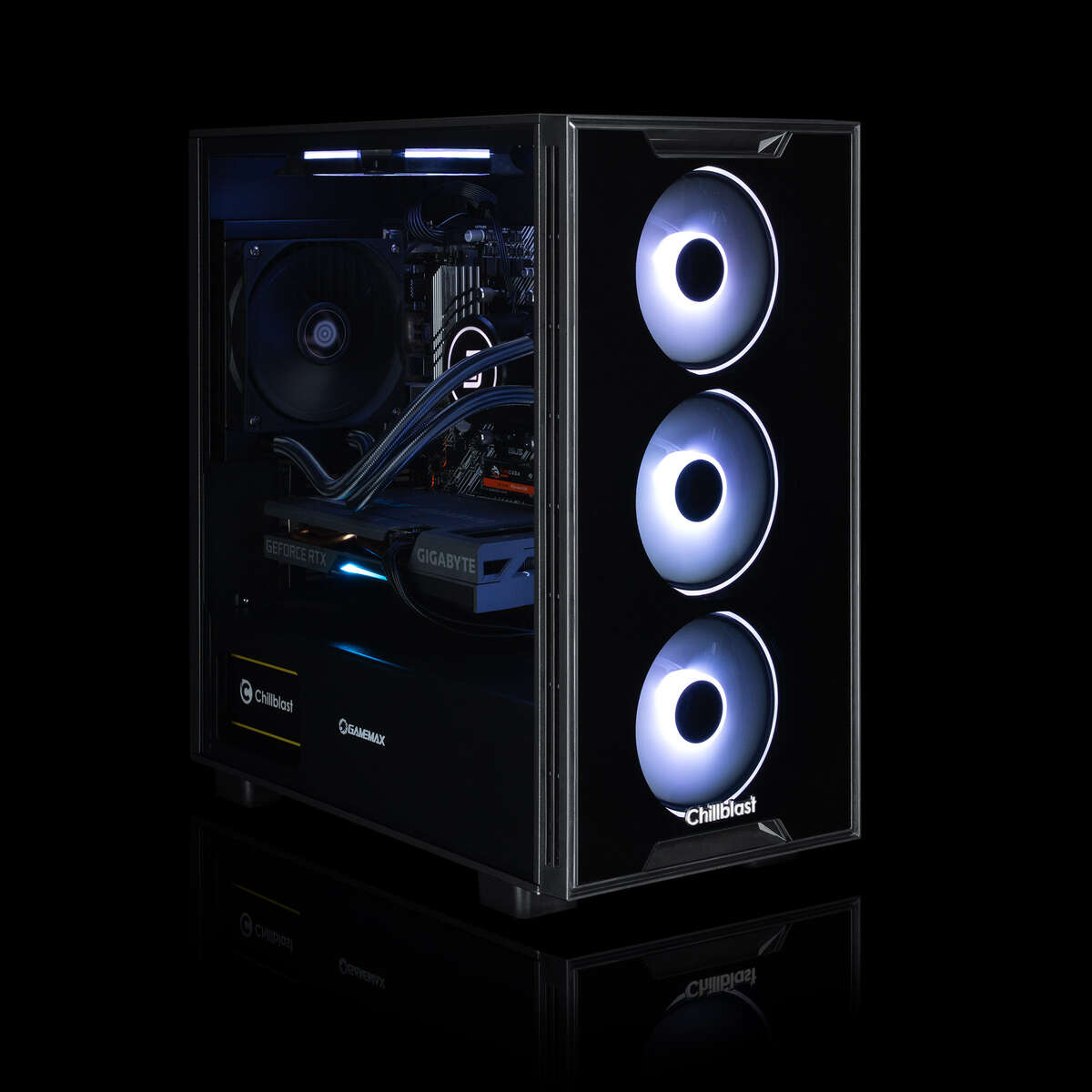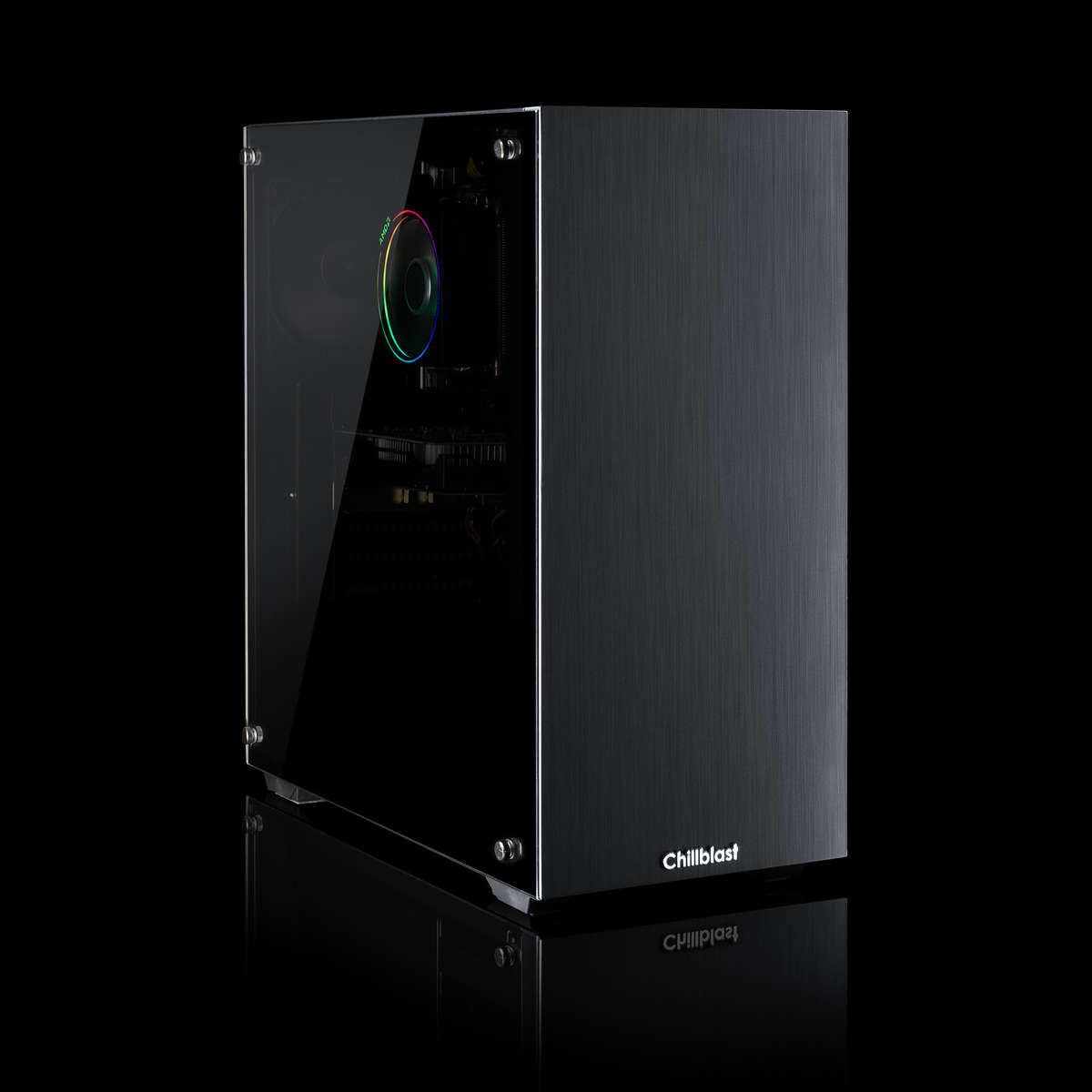Storage is an important part of any PC, whether it’s a high-powered gaming machine or one for simply doing work and watching Netflix.
If you don’t have enough of it, you won’t be able to install all the programs and games you want or download all the latest updates for Windows. You also need fast enough storage for what you want to use it for, as there’s little more frustrating than having to wait an age for something to load.
What’s considered “fast” storage changes over time, though.
Where once 10,000 RPM hard drives were the pinnacle of PC performance, today they’ve been far eclipsed by more modern SSD solutions. Some are better than others, though, and there are cases where hard drives still hold a significant advantage over their leaner, quicker contemporaries.
Here’s a look at what the best storage type for a gaming PC is in 2021, whether you need a monstrous drive to store your entire Steam library on, or just want something fast to get you into the game that bit quicker.
HDD vs. SSD vs. NVMe
Hard Drives

The three main types of long term storage – as opposed to short term, volatile memory like DDR4 – are hard drives (HDD), SATA solid state drives (SSD), and NVMe SSDs.
They each give you the ability to store anything you like, from documents and videos; to programs and games. They each have their unique strengths, though, and depending on your particular needs, opting for a combination of drive types in your system might be the best way forward.
Hard drives are the oldest technology among the three. They’re based on spinning platters with a read-and-write head that jumps back and forth as the platters spin. They come in 3.5-inch and 2.5-inch form factors and offer both the largest capacities (up to 16TB) and lowest per-gigabyte prices of any long term storage option.
Performance stays relatively consistent throughout a hard drive’s lifetime, though due to containing moving parts, they are more prone to damage when dropped, making them less ideal as portable drives, or if your gaming PC is often in transit.
The fastest hard drives tend to offer between 150 – 170 MBps of sequential read speed and around 130 – 140 MBps of sequential write speed. That’s far faster than hard drives of years gone by, but it still falls well short of what’s offered by SATA and NVMe SSDs. Their access time is measured in milliseconds too, where solid state drives reduce that down to microseconds, for a significant performance advantage.
SATA SSDs

SATA SSDs are still the most common type of SSDs, and are typically found in the 2.5-inch form factor, although there are some M.2 SATA SSDs, which look more like their NVMe cousins, even if performance is much the same as more typical SATA SSDs.
Unlike hard drives, they don’t have any moving parts, relying on NAND flash memory which has similar speed advantages as DRAM, but it’s non-volatile, meaning like hard drives, it remembers where you write to it. That makes it fast, and reliable.
Without the restrictions of moving parts, SSDs aren’t just more durable, but they can be far faster, and most 2.5-inch drives come up against the SATA III 6Gbps limit, or around 500MBps for sustained read and write tasks. Access time latency can be as much as 100 times faster than a hard drive’s too, leading to a much snappier feeling gaming PC, much faster game load times, and quicker system boot times.
SSDs are about twice as expensive as hard drives per-gigabyte at lower capacities, with multi-terabyte drives costing about five times more than a comparable hard drive. The largest capacity consumer SATA SSD you can buy in early 2021 is 4TB.
Prices have come down significantly in recently years, thanks to the introduction of multi-level-cell (MLC) technology. This makes memory modules more dense, which makes them cheaper to produce leading to better pricing.
The downside of MLC, triple-level-cell (TLC), and even quad-level-cell (QLC) SSDs, is that they are not as reliable and don’t have as long a shelf life as older single-level-cell (SLC) drives. Today, due to the economics of the industry, most drives use TLC or QLC, with only the higher-quality and higher-cost drives offering MLC options.
NVME Drives

Non-Volatile Memory Express (NVMe) SSDs are the newest high-capacity storage medium of the three, and offer the greatest overall performance in the smallest form factor. They leverage the PCIexpress interface to increase performance headroom beyond that offered by the more traditional SATA interface and that has increased top-tier SSD performance by more than 10 times.
There are two types of NVMe drive: the M.2 standard, which is a small storage stick that’s a few centimetres long and only as thick as the storage chips on its PCB. It lies flat against the motherboard and is often held in place by a retaining screw. The other is a larger PCIExpress add-in card which has the potential for greater capacities and cooling due to the additional size.
Neither drive requires any external power or data cables, which helps cut down on clutter inside your PC, making them excellent options for smaller systems or if you want to expand your storage in a PC which has already utilized all of its viable 2.5-inch drive capacity.
The main selling point of NVMe drives, though, is the performance potential.
High Speeds, But Higher Prices
New generation PCIexpress 4.0 NVMe SSDs like the WD Black SN850 can reach the staggering speed of 7,000MBps sustained read, and 5,300 MBps sustained write. It can also handle more than ten times the random read and write performance of a traditional SATA SSD.
However, you do need a PCIe 4.0 supporting motherboard and processor to take advantage of these highest of high speeds, which at the start of 2021, means an AMD 5000 processor and an X570 or B550 motherboard. Intel Rocket Lake S processors should introduce PCIe 4.0 to Intel gaming PCs in March 2021.
PCIe 3.0 NVMe SSDs are plenty fast too, still outpacing SATA drives by up to 10 times on the spec sheet.
All of that power comes at a price, though, in both pure gigabytes and cost per gigabyte. The biggest NVMe SSD is 4TB and they can be up to 50% more expensive than their SATA SSD counterparts at that capacity. The same goes for smaller drives too, with the very highest-quality NVMe SSDs with the highest speeds costing up to twice as much as their SATA contemporaries.
Are NVMe drives best for gaming PCs?
Not necessarily.
While NVMe drives certainly offer the best on-paper performance, they aren’t always worth the money, especially when you consider their higher cost at larger capacities and limited options for mass storage.
On paper, NVMe drives are much faster than SATA drives, but in real-world performance, the difference in boot times and game load times isn’t anywhere near as drastic. When you factor in how tangible such improvements are to the user experience, it can be even less so.
Tests on boot times, and game loading on PCIExpress SSDs, SATA SSDs and hard drives, showed that while there is a big difference between a hard drive and SSD (of any kind), there is very little real-world difference between SATA and NVMe drive performance.
SATA Drives Still Provide Great Performance
Boot time differences maxed out at around five percent, with even older SATA SSDs able to load Windows 10 in under ten seconds in some cases. In games, there was a slightly greater variance depending on the game, but even then a 35% improvement was only cutting load times from 21 seconds to just over 16 seconds.
While that might be slightly noticeable, it’s not going to make a huge impact on your gaming and suggests that it’s not necessarily worth it to buy a costly big NVMe SSD just for gaming.
The added sustained read and write speeds of NVMe drives do have some benefits in home servers, though, and on home networks where you regularly transfer large amounts of data. Where cost is roughly comparable with SATA SSDs, you might as well get the added performance, even if it’s negligible – especially in smaller systems.
Chillblast uses NVMe drives for the operating system in all of our pre-built gaming PCs because it doesn’t negatively affect the price and it opens up the rest of the chassis’ storage options for expanding it to your taste. If your motherboard supports it, there’s always the option of larger or more NVMe SSDs, but if you just want to play games, opting for a more affordable, larger SATA SSD may be the best way to handle your expansive game library.
NVMe drives could get better in future
The main reason that NVMe drives don’t seem to leverage their massive performance potential with games is that the software just isn’t designed to take advantage.
Most current and new-generation games are designed to work on both PC and home consoles, the latter of which have been languishing on hard drive technology until the very recent generation systems. That’s meant that developers haven’t been able to count on fast asset loading from NVMe or SATA SSDs, so haven’t been able to build games that can take advantage of it.
Game Developers Are Utilising Them More and More
That may start to change in the very near future, though, with both the Xbox Series X/S and PlayStation 5 coming equipped with high-speed NVMe SSDs as standard. When combined with custom texture decompression technology, these new consoles load data many orders of magnitude faster than their predecessors and could even rival the fastest gaming PCs.
That’s great news for console gamers, but it’s just as exciting for PC gamers too, because it means game developers will start to make games that truly leverage SSD performance. That should mean games that load near instantaneously and cut back on the need for loading sequences and empty-lift ‘levels’ to disguise loading sections of a game. If what early PS5 gaming examples have shown, it could even mean that games can play faster, with characters able to move quicker through their expansive worlds without risk of extreme slowdown or texture pop-in.
All of this means that while, for now, NVMe drives are underutilised on PC and are largely not worth the added expense at larger capacities, that could well change in the future.
If you like to upgrade your gaming PC once every few years knowing that it will be able to handle anything that’s thrown at it until the next major overhaul, NVMe storage is the most future-proof option you have.
What is the best storage for a gaming PC in 2021?
The right storage configuration for your gaming PC will very much depend on the kind of games you play, how many games you like to have installed at once, and what your budget is. There are some universal truths worth considering before deciding on more niche recommendations, though.
An SSD of any sort is an absolute must for your operating system drive and game drive. Going from a traditional mechanical hard drive to an SSD (be it SATA or NVMe) will make the biggest difference to your system boot times and game load times. You will notice the difference and it’s one absolutely worth paying for.
Hard Drives Are Not A Complete Write-Off
If your budget could be best focused on other components, it’s perfectly viable to use a larger hard drive as a secondary game drive for the games you don’t play as often, or for games that don’t have lengthy load times.
Indie games and older AAA titles designed in the era where hard drives were most prevalent will load just fine on a hard drive, so don’t lock yourself into having to buy monstrously big SSDs just to satisfy your game library’s demands.
Hard drives are also the best choice for long term storage of things like videos, photos, work documents, and anything that takes up a large amount of space but doesn’t require regular access at high-speed. Save yourself some money and put everything that isn’t a game or demanding application on a big hard drive.
If you want a gaming PC that is either small form factor, or as future proof as possible – able to take advantage of any upcoming AAA games that can leverage high-speed SSDs – then a larger NVMe drive for your favourite games is worth considering too.
While this will lead to a rise in costs, there really is nothing quite like cutting edge NVMe performance – at least by the numbers. As more games are designed with this storage type in mind, the real-world benefits of using an NVMe drive should become more apparent and there may be even some games which play at their best when installed on such a drive.








